During my recent visit to Highgate Elementary School, a student asked one of those questions that can only come from a fellow writer:
Do you ever get writer’s block? There was something about the way she said "writer’s block" that made it sound like something you could catch if you got to close to a sniffly author or brainstormed out in the rain, and I kind of liked that… but anyway…
The short answer to her question is: Yes.
I suspected she also wanted to know what to DO about writer’s block, though, and that answer is: It depends.
For me at least, there are different kinds of writer’s block, and they require different responses.
Disease: Wrong-Story Writer’s Block
There are at least five picture book beginnings and four Chapter Ones of longer works living in limbo on my hard drive right now. Most often, I’m a plunge-right-in sort of writer, so when I have an idea that’s been brewing for a while, I dive right into writing, and by the end of a chapter or two, I can usually tell if I have something…or not.
I’ve come to recognize a kind of writer’s block that shows up when the story I’m working on isn’t True. And I don’t mean true, as in accurate or nonfiction-ish. I mean True with a capital T … true to its own heart and true to the writer I want to be. Sometimes I have ideas that turn out to be the wrong books for me to write. Or ideas that just aren’t good enough or substantial enough to warrant a whole book. This happens, and it’s okay.
Cure: Put the story away. Start a new one. But keep it, just in case it’s not really the wrong story, but the right story at the wrong time for you.
Disease: Right-Story-Wrong-Turn Writer’s Block
In this situation, I know I’m working on the right project — the project that’s absolutely calling me to be written — but somehow, I feel like I’ve lost my way. Sometimes, this kind of Writer’s Block shows up when I need to stop and get to know my characters better. Sometimes, it means that I’ve done something that’s just plain wrong…imposed a plot twist or decision on the book and its characters that doesn’t fit. And sometimes, it means that I’ve been writing without a map for too long and need to step back and do a bit of planning. Either way, I think this kind of block can be useful and keep you from barreling forward and forcing something that won’t work.
Cure: Stop for now. (For now are the key words here. Not forever. And hopefully, not even for very long.) Usually, if I step back from what I’m writing and spend some time outside, I get enough perspective to understand why I’m headed down a wrong path. If it’s a character issue, I’ll leave the formal manuscript to do some journal writing as my character or map out character charts. If it’s a wrong turn, I’ll backtrack and re-read a part of the manuscript that felt right to identify where I went astray. And if it’s an issue of too much writing-without-a-map, I’ll stop and outline. This was a turning point for me with the mystery I finished recently, a project that required more formal planning than I’d ever done with a previous book. If you’d like to see the nitty gritty details of all that, you can read about it here, in a post I wrote for a teacher-friend and her student, Tyler, called "Real Authors Don’t Plan…Or Do They?"
Disease: I’d-rather-eat-chocolate-and-watch-Glee Writer’s Block
(And you can substitute pizza and play video games or whatever you’d like here…you know exactly what I mean.)
Cure #1: Eat chocolate and watch Glee.
Really. Go ahead. And then you will be able to decide if you’d really rather eat chocolate and watch Glee than write. But if you’ve read this far, I suspect that what you really want is to write, in which case Cure #1 will cause you to start twitching on the sofa and feeling unsettled, and then should go with Cure #2.
Cure #2: Bring some Hershey’s kisses to your computer, quiet down, and get to work. This is the equivalent of a literary sugar pill, because this isn’t real writer’s block; it’s the trouble-getting-moving that we all face when we sit down to write. Or exercise, for that matter, but that’s a post for another day.
This disease also has a Cure #3 – for people like students who have to write something they didn’t want to write in the first place. Negotiate with yourself. Make a little contract if you have to. Two paragraphs = 10 minutes of playing Wii or reading Harry Potter or whatever you’d rather be doing. That works, too.
Sarah Dessen and Meg Cabot also blogged about Writer’s Block recently – here and here.
What about you? Do you have other cures we should know about?









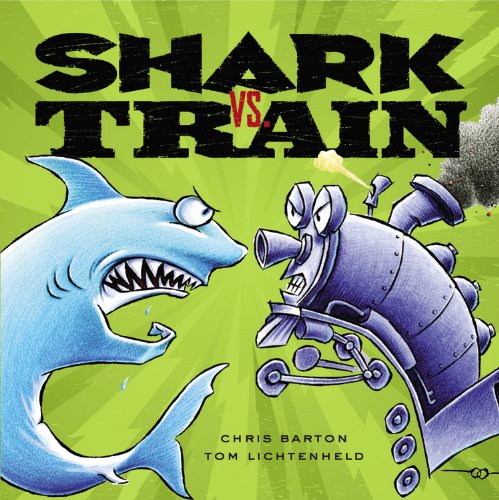










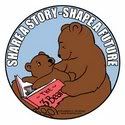 And the key word in all of this?
And the key word in all of this?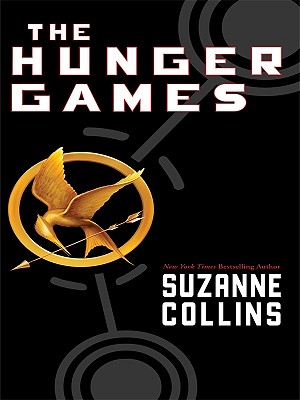

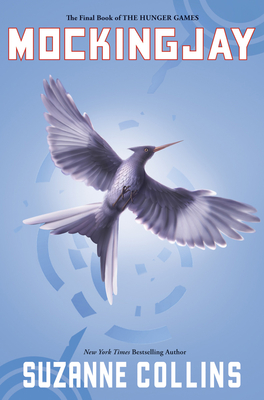

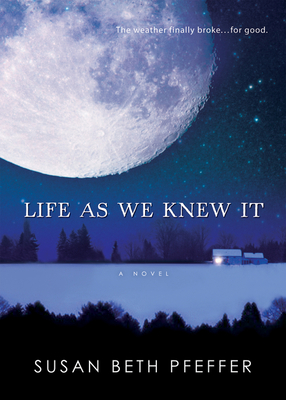
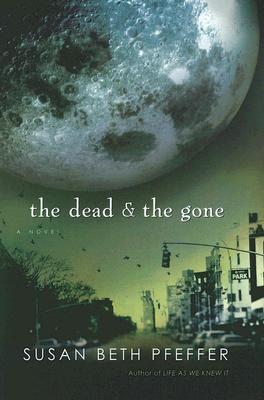
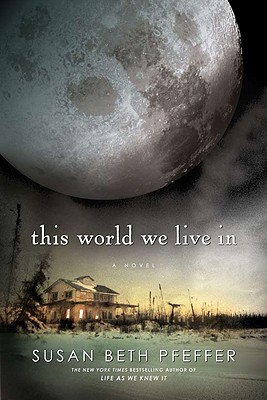

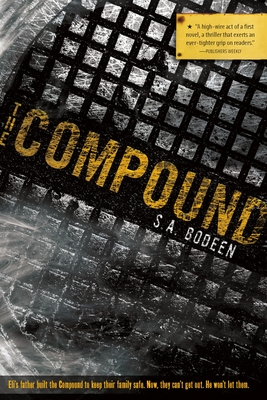
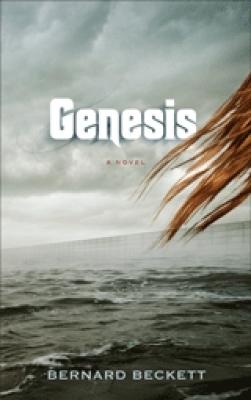

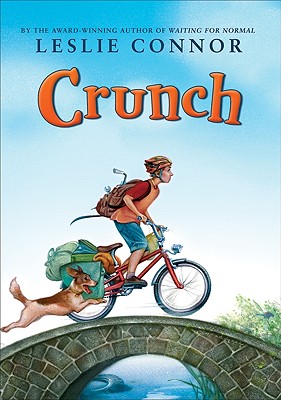
 I got a surprise email from my editor at Walker/Bloomsbury one day last week while I was cleaning up my desk at school, getting ready to go home.
I got a surprise email from my editor at Walker/Bloomsbury one day last week while I was cleaning up my desk at school, getting ready to go home.